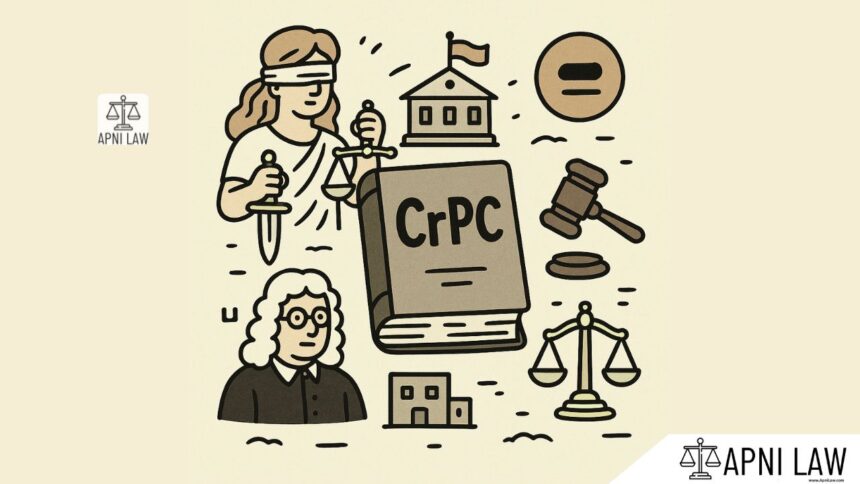Code
Any Court may, if it thinks fit, impound any document or thing produced before it under this Code.
Explanation
Section 104 of CrPC grants the Magistrate the authority to seize and keep safe any document or evidence that is relevant to a criminal case. This is done to prevent tampering, loss, or destruction of crucial evidence.
The Magistrate may also order the impounding of documents or evidence if they are likely to be used in the commission of an offense or are deemed to be incriminating.
Illustration
Imagine a situation where police are investigating a robbery. During their investigation, they find a document that appears to be a list of stolen items. To prevent the destruction or alteration of this document, the Magistrate can issue an order to impound it, placing it under the custody of the court until the conclusion of the trial.
Common Questions and Answers
Q: What is the legal basis for impounding documents or evidence?
A: Section 104 of the CrPC.
Q: Who can issue an order to impound documents or evidence?
A: A Magistrate.
Q: What happens to the impounded documents or evidence?
A: They are placed in the custody of the court until the conclusion of the trial. The court may then decide to return the impounded items to their owner, destroy them, or use them as evidence.











